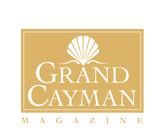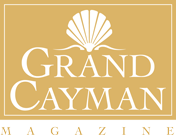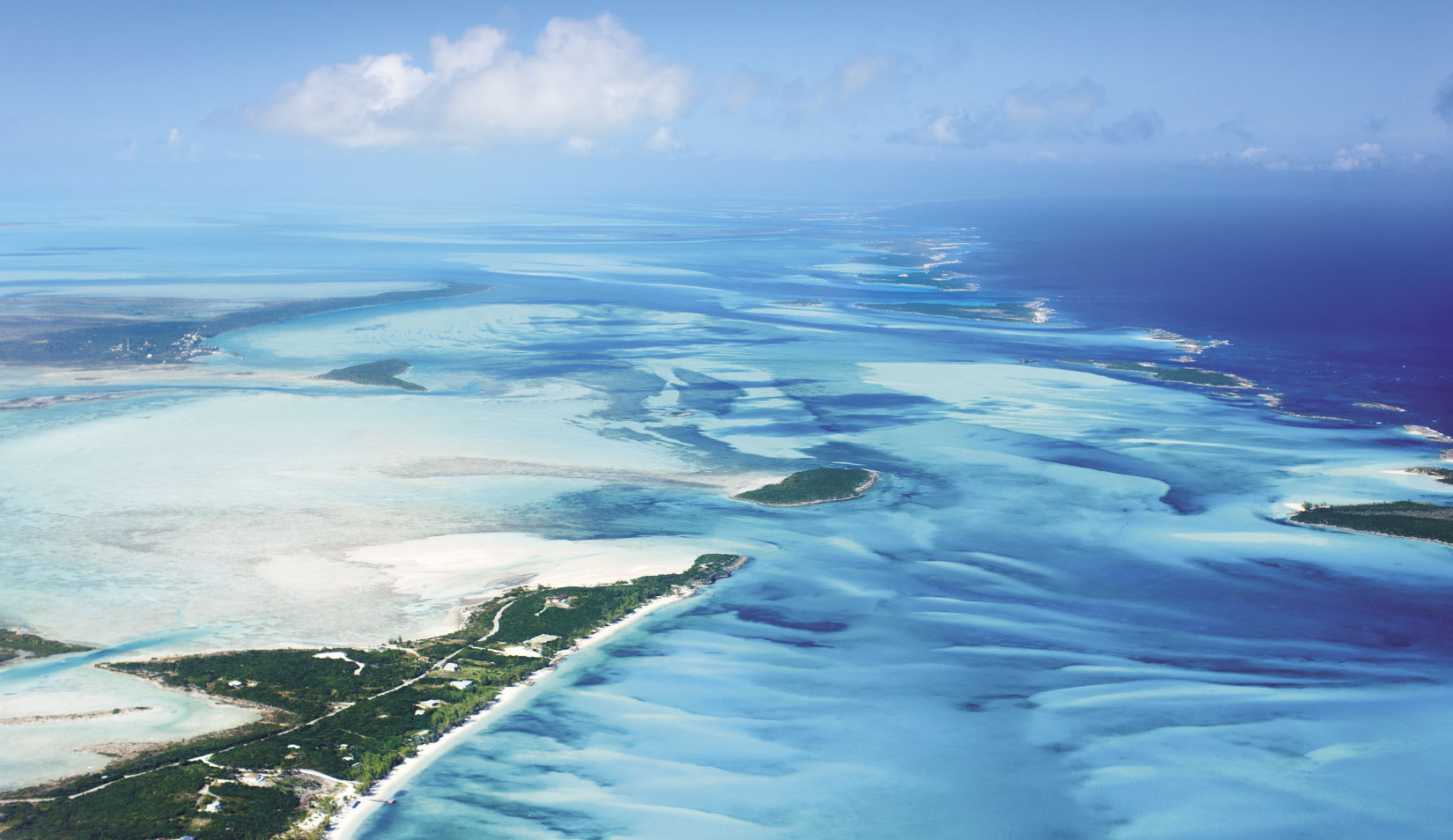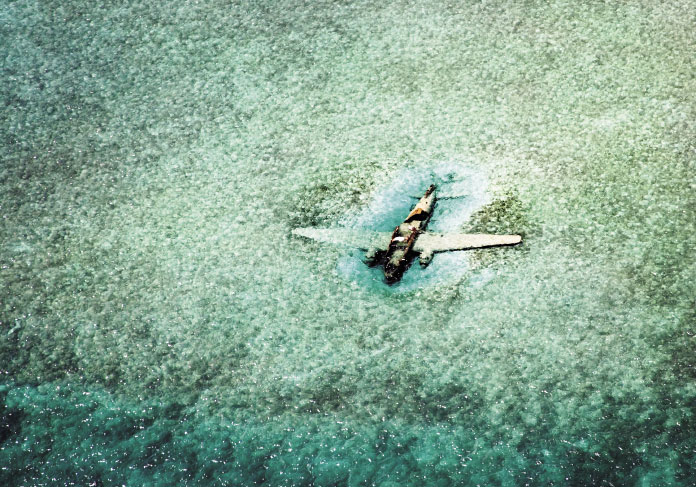On July 10, 1973 the Bahamas obtained its independence from Great Britain. Their freedom from the Crown was favored by many, yet at the same time had its share of untold opponents.
“No one knew what the government would do at that time,” recalls Peter Christie, president of H G Christie Ltd, one of the oldest real estate firms in the Bahamas. “In 1974, everyone seemed to be leaving; we had a lot of uncertainty.”
The uncertainty surrounding the political direction of the nation meant that the Bahamian government had been forced to assume control of some hotels after investors left the country, fearful of what independence would bring. By the commencement of the ’80s the tourism sector had only marginally grown, and things were not looking so good for realtors and prospective investors. Around this time the government enacted the Immovable Property (Acquisition by Foreign Persons) Act.
Essentially, the law regulated the ownership of Bahamian land by foreigners. No foreigner could purchase, transfer, or inherit land in the Bahamas without the government’s approval and an agglomeration of red-tape. Tourism and financial services were taking a hit. Many packed up and moved to more welcoming jurisdictions such as the Cayman Islands.
“You had to get a permit to buy anything and the permits were not that easy to get,” recalls Christie. “If you bought property, you had to build within two years. If you didn’t, you paid a penalty. Business was not very good.” However, for some foreigners in the Bahamas, the late ’70s to mid-’80s rewarded them with riches and celebrity beyond their wildest dreams.
—
Norman’s Cay is one of 365 islands in the Exuma archipelago. Here you can anchor a dinghy off some deserted beach, set up camp, throw out a fishing line and play castaway surrounded by crystalline water and solitude.
In the early ’70s the island, which lies about 50 miles from Nassau, was home to a small residential community with approximately 100 private homes, a clubhouse, and a marina. It was at the time a favorite stop for passing yachters and local fishermen. That was until 1978 when a Bahamian company called International Dutch Resources began buying up land on the 290-acre island.
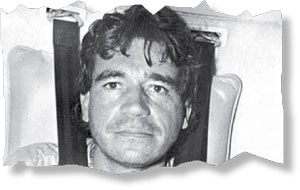
IDR was set up by a trust company in Nassau, which conveniently managed the working capital of Carlos Lehder who was connected with the Colombian Medellin drug ring. Lehder wanted a new way to distribute his cocaine rather than relying on the uncertainty of human “mules” who would often get caught when entering the U.S. or would run off with his stash.
When Lehder arrived in Norman’s Cay in 1978, he started purchasing large pieces of property, including a home for himself, a hotel, and an airstrip. Lehder then began bullying out the native population and foreign homeowners until he had complete control of the island.
Following Lehder’s arrival, air traffic over the small island began to increase and his personal armed guards began patrolling the beaches. By the end of 1979, the island was home to Lehder’s gangsters, who drove ordinary boaters away at gunpoint. Lehder built a large hangar with cocaine and airplane storage facilities. His 3,300-foot runway was protected by radar, bodyguards, and attack dogs.
Cocaine shipments from Colombia arrived on the island every hour of every day, and Lehder’s personal wealth soon mounted into the billions.
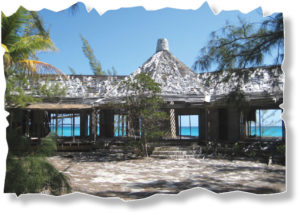
The island became a strategic point for Colombian drug flights to refuel and rest before proceeding to the United States. By the early 1980s, it was reported that 90 percent of all the cocaine entering the United States arrived via the Bahamas. It seemed that no one could remove Lehder from his lawless, private kingdom. Those who tried either disappeared or were paid off.
The Bahamian authorities in Nassau looked the other way. After all, some ruthless bureaucrats were getting very rich. Witnesses at Lehder’s 1988 trial in the U.S. said Bahamian Prime Minister Pindling was paid $88,000 on the 22nd of each month to protect the Norman’s Cay base. This so-called “property lease money” was a drop in the bucket for Lehder who was reaping approximately $1 million profit for two days of work. Cocaine was flown in from Colombia by jet and then reloaded into the small aircraft that then distributed it to locations in Florida, Georgia, and the Carolinas.
Prime Minister Pindling denied any involvement, although the CIA was said to have photographic evidence of Pindling socializing and partying with Lehder on Norman’s Cay.
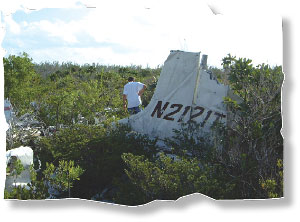 Carlos Toro, a close associate of Lehder, remembers, “Norman’s Cay was a playground. I have a vivid picture of being picked up in a Land Rover with the top down and naked women driving to come and welcome me from my airplane.” One such gathering was interrupted by a phone call from then Vice President George H. W. Bush and U.S. Admiral Daniel Murphy who invited Prime Minister Pindling to a meeting, at which the Lehder problem was raised. The vice president showed Pindling a computer printout of CIA surveillance of Norman’s Cay and told him the tiny island resembled O’Hare Airport because of the numerous take-offs and landings.
Carlos Toro, a close associate of Lehder, remembers, “Norman’s Cay was a playground. I have a vivid picture of being picked up in a Land Rover with the top down and naked women driving to come and welcome me from my airplane.” One such gathering was interrupted by a phone call from then Vice President George H. W. Bush and U.S. Admiral Daniel Murphy who invited Prime Minister Pindling to a meeting, at which the Lehder problem was raised. The vice president showed Pindling a computer printout of CIA surveillance of Norman’s Cay and told him the tiny island resembled O’Hare Airport because of the numerous take-offs and landings.
When NBC News exposed the Bahamian government’s involvement in Lehder’s operations the broadcast resulted in an outcry that echoed throughout the 700 islands of the Bahamas. This was followed by the appointment of the Commission of Inquiry and a review of Pindling’s personal finances. It was found that he had spent eight times his reported total earnings from 1977 to 1984.
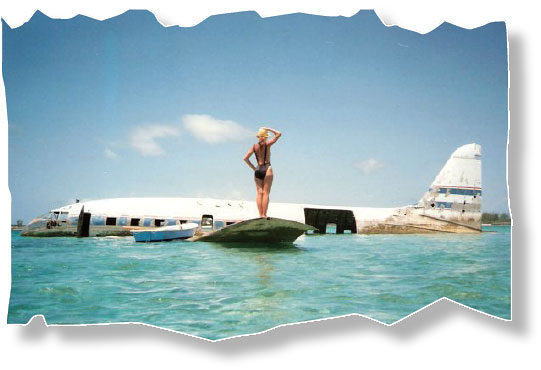 Explanations for some of these deposits were given . . . but could not be proved. As a result of the Inquiry, five government ministers either resigned or were dismissed. Lehder hightailed it out of the Bahamas when he got word that an invasion of his island was in the making. In 1987, he was arrested in Colombia and extradited to stand trial in the U.S. where he was sentenced to life in prison without parole, plus 135 years. His island, airplanes and weapons were confiscated.
Explanations for some of these deposits were given . . . but could not be proved. As a result of the Inquiry, five government ministers either resigned or were dismissed. Lehder hightailed it out of the Bahamas when he got word that an invasion of his island was in the making. In 1987, he was arrested in Colombia and extradited to stand trial in the U.S. where he was sentenced to life in prison without parole, plus 135 years. His island, airplanes and weapons were confiscated.
At the time of his arrest, the net worth of Lehder, then 37, was estimated at more than $2.5 billion.
I have visited Norman’s Cay on many occasions while sailing through the vast, beautiful Exumas. One can still visit the ruins of Lehder’s old hideaway. Normans’ Cay is pretty well back to normal now.
International investors (which are more welcome these days) and Bahamian-based real estate firms are selling villas on the infamous island for $2 million and more. There are no longer burdensome restrictions on foreigners buying property, thanks to the International Persons Landholding Act which took effect in January 1994, replacing what many labeled the “anti-foreigner” Immovable Property Act of 1983.
















